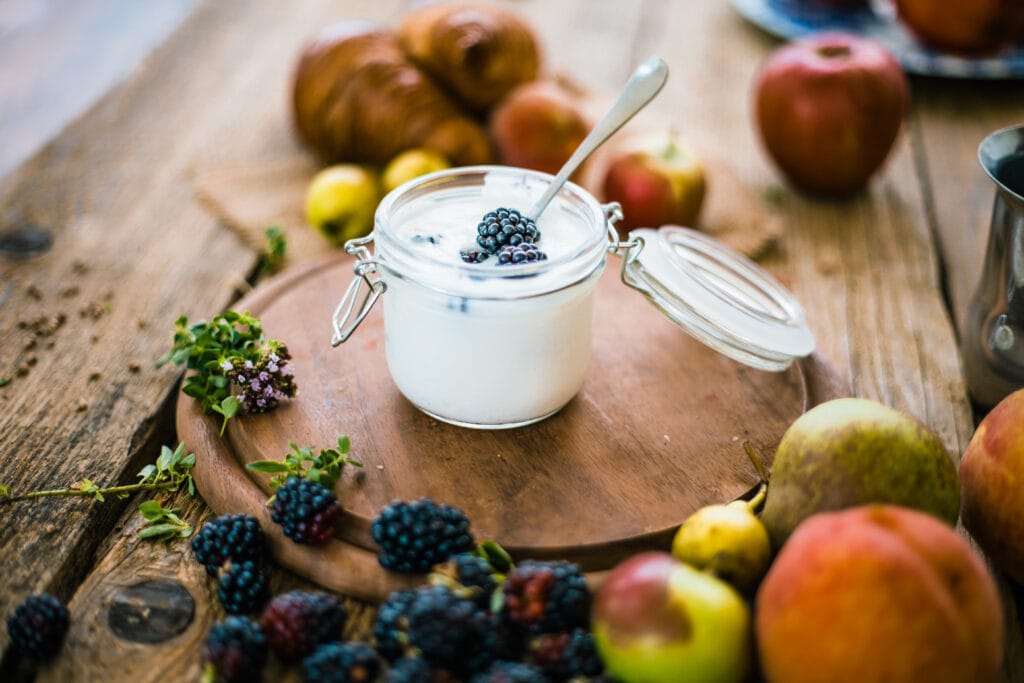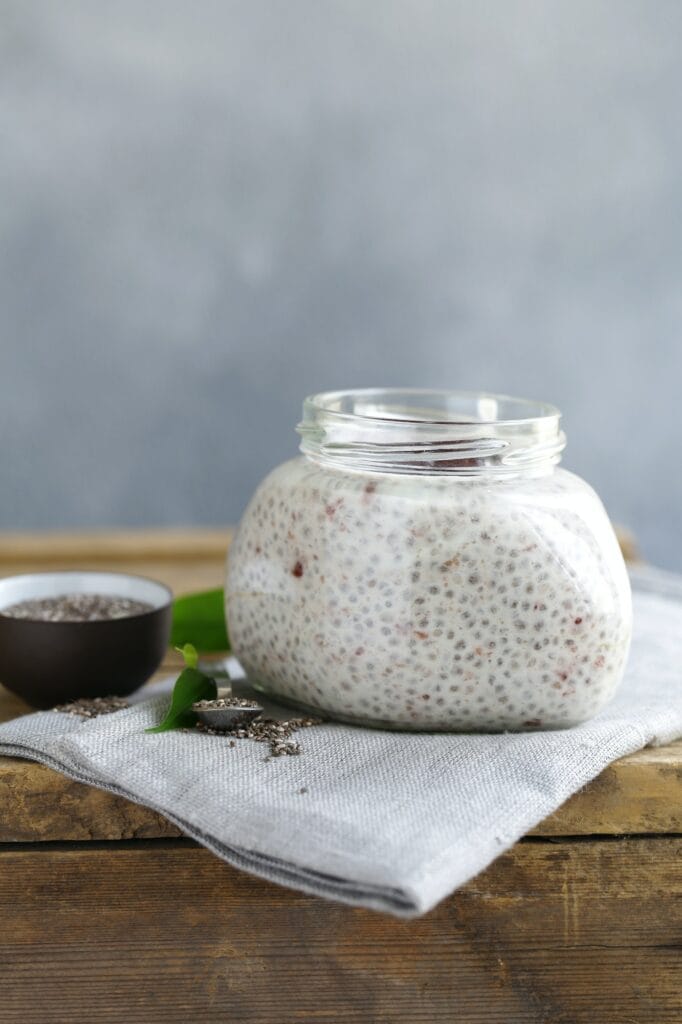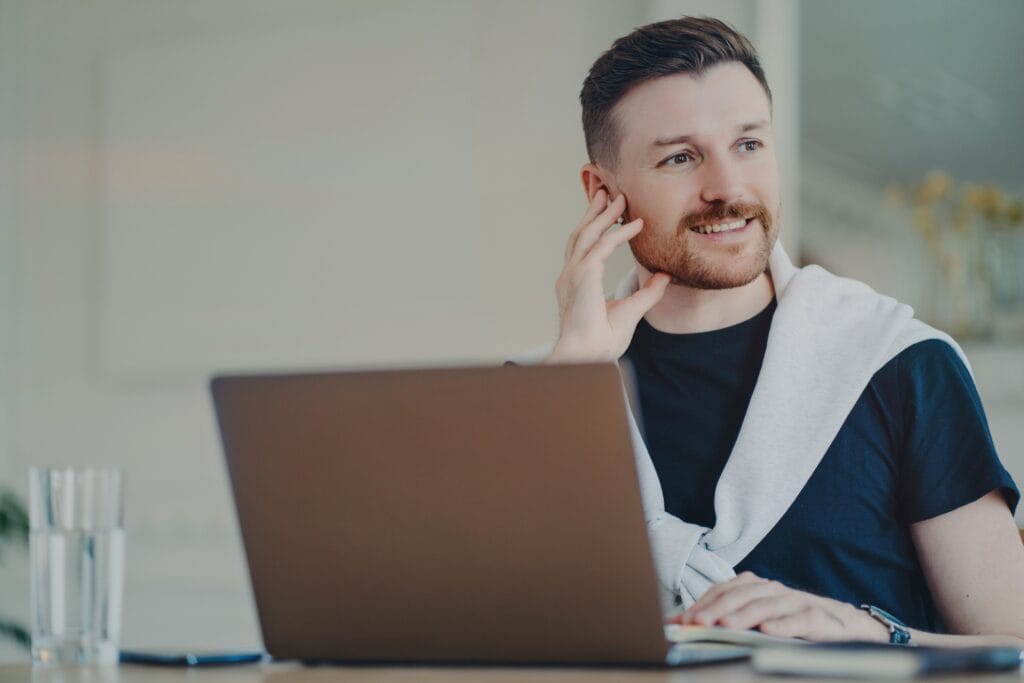
How Much Protein Can You Absorb?
Protein is the building block of muscles and tissues. It plays a vital role in everything from hormone production to a healthy immune system. If you’re focused on weight management or building muscle, you’ve likely been paying close attention to your protein intake. Maximising these benefits requires an understanding of how your body processes this crucial nutrient. This blog will cover how your body absorbs protein, how much it can utilise for muscle building at once, and how to optimise your protein intake for your goals.
Understanding How Your Body Uses Protein
Protein isn’t just another food group. Think of it as a chain made up of smaller links called amino acids. Your body needs these amino acids for all sorts of functions, but it can’t use protein in its ‘whole’ form.
When you eat a protein-rich meal, your digestive system breaks those chains down into individual links (amino acids), which are then absorbed and used where your body needs them most.

Is There an Absorption Limit?
You might have heard that your body can only absorb a certain amount of protein at one time. While research suggests there may be a limit to how much protein your muscles can use to build new tissue at once (typically around 20-25 grams of high-quality protein), it’s not a strict cut-off point.
Exceeding this amount won’t necessarily hinder your progress, but your body won’t be able to use the excess protein for muscle building. However, the additional protein can still be used for other important bodily functions or be excreted.
So, What's Optimal?
For muscle-building or weight-loss goals, spreading your protein intake across multiple meals and snacks is a good strategy. Aim for 20-30 grams of protein per meal with high-quality protein sources to make the most of its benefits. Studies suggest that consuming protein at regular intervals throughout the day can stimulate muscle protein synthesis and aid in muscle building or maintenance.
Factors Affecting Protein Absorption
It’s important to remember that everyone’s body is unique. Here are a few things that can impact how you process protein:
- Age: Our ability to absorb certain nutrients might change as we age. Older adults may require slightly more protein compared to younger individuals to stimulate muscle protein synthesis.
- Activity Levels: More active individuals, especially those who incorporate strength training, often need more protein. Exercise, particularly resistance training, increases muscle protein breakdown, and a higher protein intake is needed to offset this and promote muscle growth.
- Overall Health: Medical conditions can influence protein needs and absorption. Certain conditions might affect protein digestion or absorption, necessitating adjustments in intake.

Quality Over Quantity
While the amount of protein is important, don’t forget about quality! Here’s why is matters:
Complete vs Incomplete Proteins
Our bodies need nine essential amino acids that we cannot produce on our own. Complete protein sources contain all of these essential amino acids in the proportions we need. Most animal products (meat, poultry, fish, eggs, dairy) are complete proteins. Plant-based foods are often incomplete, meaning they lack one or more essential amino acids.
Combining for Completeness
Don’t worry if you rely on plant-based foods. You can still get all your essential amino acids by strategically combining different plant-based protein sources over the course of a day. Here are some examples:
- Beans and rice
- Lentils and whole-grain bread
- Hummus (chickpeas) and pita bread
Bioavailability
Some protein sources are more easily digested and absorbed by the body than others. Animal-based proteins often have higher bioavailability compared to some plant-based options. Bioavailability refers to the amount of a substance that can be absorbed and used by the body.
- In the context of protein, bioavailability refers to how easily the body can digest and absorb the protein from a food source.
- Animal-based proteins are generally considered to have higher bioavailability than plant-based proteins.
- This means that the body can absorb a greater percentage of the amino acids from animal protein sources compared to plant protein sources.

Choosing Quality Protein Sources
Focus on these complete protein sources or strategic plant-based combinations:
- Animal-Based: Lean meats: Skinless chicken or turkey breast, flank steak, lean ground beef, pork tenderloin
- Fish and Seafood: Salmon, tuna, cod, shrimp, scallops
- Eggs: A fantastically versatile whole food
- Dairy: Milk, Greek yogurt (great protein content!), cottage cheese
- Plant-Based: Tofu and Soy Products: Tempeh, edamame
- Quinoa: A complete protein unlike most grains
- Legumes (beans, lentils, chickpeas): Combine with whole grains for completeness
- Nuts and Seeds: Almonds, cashews, pumpkin seeds (watch your intake, these can be calorie-dense)
My Weight Loss Clinic, Your Weight Loss Partner
We understand that weight management is about more than just the numbers on the scale. That’s why we offer personalised solutions tailored to you. Contact us to explore options and find the path that fits your lifestyle and goals.

My Weight Loss Clinic
We specialise in education and empowerment. We want this to be the last weight loss program you do.
"*" indicates required fields